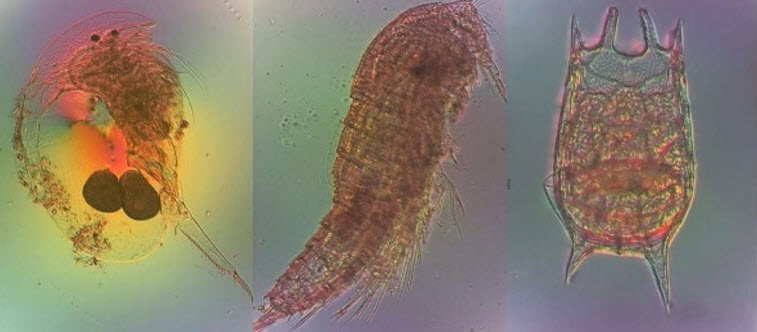“What other job would let you sit for 16 hours a day sifting mud, peering at fragments of inscrutables in the guts of tiny fish, dismantling weird stygofauna, doing forensic dentistry of 150 µm rotifers, or inspecting the private parts of copepods?”
Dr Shiel has come to our attention at the ALA, because he uploads beautiful images of his microscopic subjects.
Dr Shiel is Australia’s foremost expert of rotifers (microscopic animals that live in freshwater and seawater) and cladocerans (tiny aquatic crustaceans often called water fleas). They are two of the most abundant groups of aquatic microinvertebrates and help to monitor change in our waterways.
“Changes in aquatic microfauna can be due to perturbations downstream of mining discharges, secondary salinisation in wetlands or in response to environmental watering and flooding, among other things,” Dr Shiel said.
To create his specimen images, Dr Shiel uses dark field, cold light sources and specific techniques for unstained samples. He takes multiple images using a webcam attached to a microscope and uses image manipulation software to create the final picture. Areas of research in which these images are used include bioindication (using biological species to assess the state of the environment), trophodynamics (interactions of species within the food chain), and phylogeography (using genetic information alongside the geographic distribution of species).
Many of the images Dr Shiel has uploaded to the ALA are the only images available of those species. Adding images with distinct taxonomic features is a priority for Dr Shiel as research in this area has been neglected and only a few expert microfaunal taxonomists remain. He hopes the images will aid the identification process for other ALA users.
Please contact us if you would like share how you use the Atlas of Living Australia.
